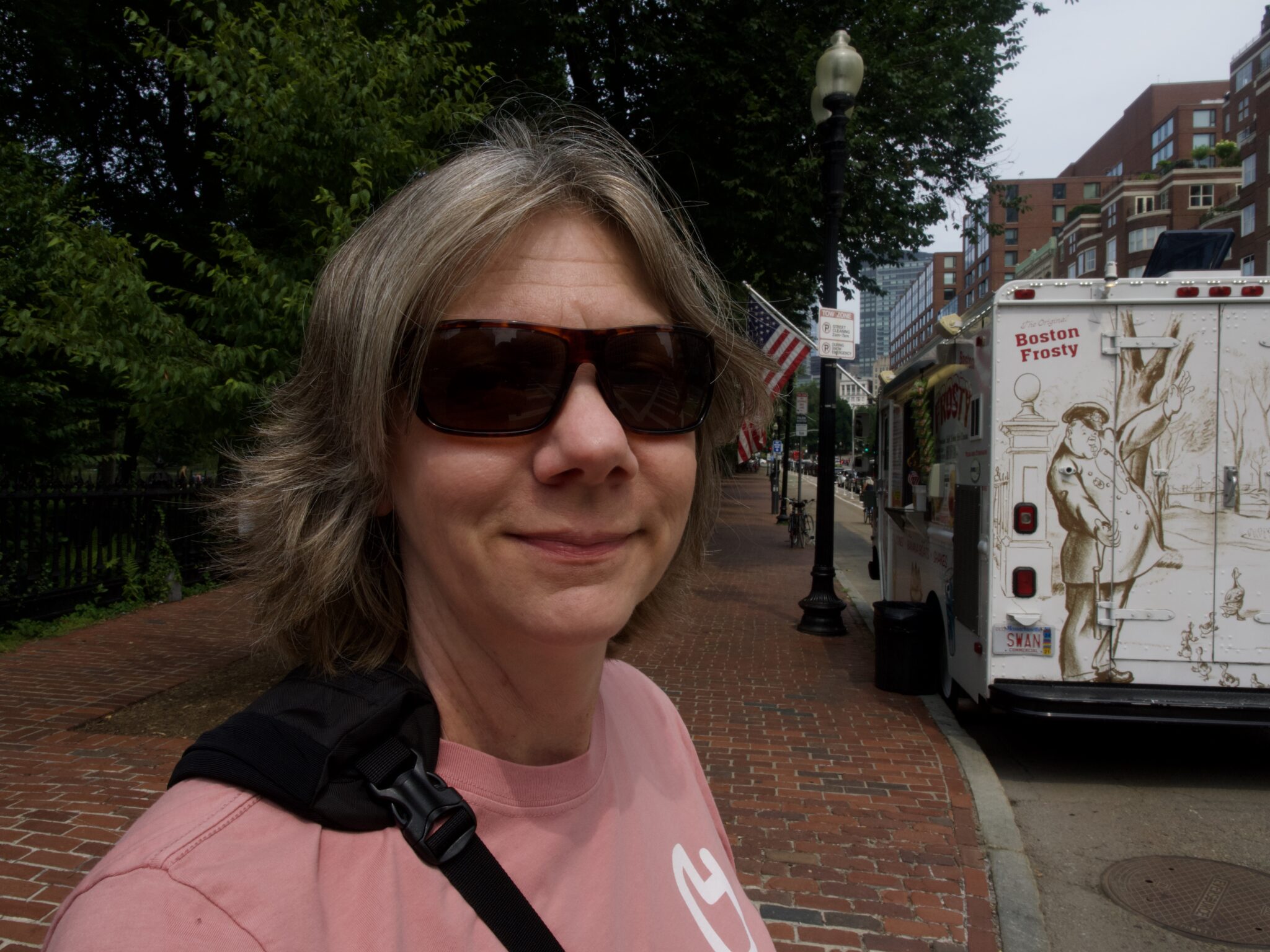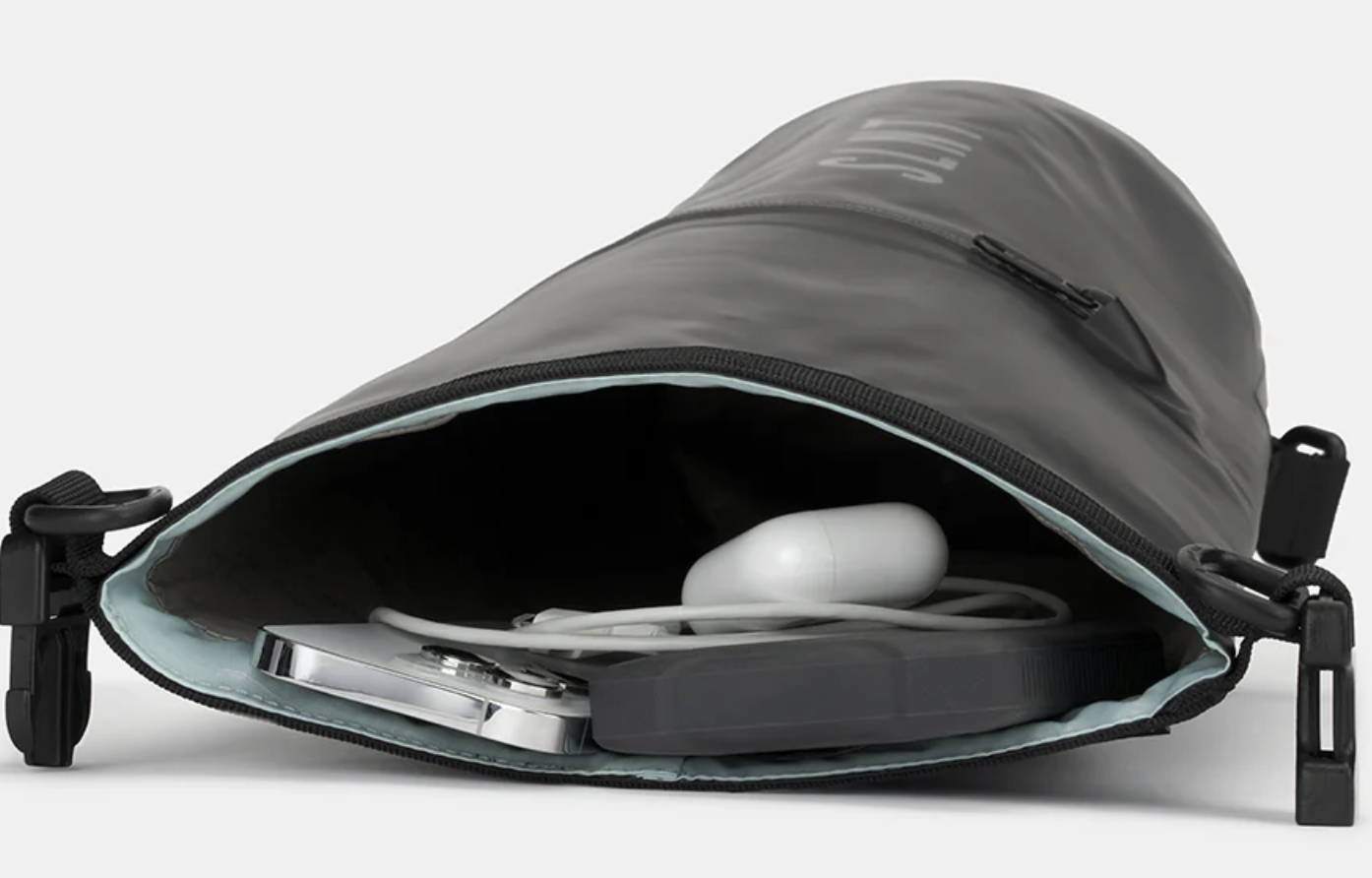You don’t know what you’ve got til it’s gone. That’s what they say, and I feel it applies to so many things. Here’s one situation this saying holds true for me: my eyesight. I was blessed with perfect vision and healthy eyes for most of my life. My doctor told me that I might need reading glasses in my forties, and he was right. I started wearing reading glasses on and off, but generally found it wasn’t worth my while. I could read well enough. I didn’t think my distance vision was an issue.
Over a few years, I noticed some double vision developing. Especially when looking at lights (screens such as televisions and movies as well as streetlights and signs at night), I could see a “shadow” above everything I looked at. This was especially noticeable when looking at words or numbers. As you might imagine, this was annoying and it got me thinking about my eyesight. If I squinted and thought really hard about what I was looking at, I could bring the shadow back down and the words and numbers looked clear again. Of course, I knew I couldn’t go through life working that hard to see, so I knew I needed to get my eyes checked.
Off to the ophthalmologist I went. Healthy eyes, but my eyesight had changed and not just for close up vision. Likely over time, my distance vision slowly worsened. What for so long had been sharp at distances, now was less crisp. My mind had probably been compensating for some time.
Here were my options: order prescription glasses for distance and use readers for close up (or not use them, as the case may be), order bifocals, or order progressive lenses. Keep in mind, I had never worn glasses, contacts, or anything like that. I chose distance glasses. I figured the change from no glasses all the way to progressives just seemed too big of a leap. Therefore, I picked out a lightweight frame with lenses to correct my distance vision.
Two weeks later, I picked up my glasses. I put them on, looked outside the window at the trees across the street, and I could see individual leaves. For people who have perfect vision like I used to, this is not a big deal. You are thinking, “Yeah, yeah. I see that all the time. What’s the big deal?” I used to think that, too. And apparently for a while, I thought I could still distinguish the individual leaves. But I was wrong; I was just compensating. I walked out of the store and felt unbalanced. Things looked like they were on an angle. Again, all due to the way my mind was viewing the world via my changing eyes. After two weeks, wearing glasses was my new normal. The lightweight frames plus the fact that I could actually see better, and I was won over.
For a year.
After the first year with glasses and reaping the benefits of wearing them, I felt that I really should have progressive lenses. This would allow me the ability to see distance as well as reading and using my computer, all without having to change out glasses. So I ordered new glasses and, contrary to advice that it might take a bit to get used to the progressive lenses, they worked perfectly from the moment I put them on.
For a year.
After a year with the progressive lenses and reaping the benefits of wearing them, I felt that I really should have sunglasses.
I said earlier that I had never worn glasses, and that is only partially true. I never had to wear corrective lenses, but I did like to wear sunglasses. I’ve always preferred quality sunglasses and I take good care of them. In fact, I actually wore out the pads on my sunglasses after several years and the warranty provided a new, though slightly modified, version. I loved and still love those sunglasses. However, I really do need a prescription, so I looked for a sunglasses company that would offer the quality frames that I like with a prescription, tinted lens that I need.
I landed on a company called Bajio Sunglasses. My top three reasons are their exceptional protection from the sun, their prescription offerings, and their variety of sizes.
Protection: The Bajio Prescription offers the prescription you need with the best sunglasses for sunny days. Their sunglasses provide premium polarized shades with built in sun blocking temples as well as rubber nose pads and temple tips for cushion, comfort, and no-slip grip.
Bajio works with your prescription to give you the same quality in their sunglasses as you would expect from your regular prescription glasses. Bajio’s prescription sunglasses block 100% harmful UV rays, 90% of harsh yellow light, and 95% of harmful blue light. This eliminates haze and blur, thereby allowing you to see more clearly and reducing visual fatigue.
Prescription: As mentioned above, the combination of prescription lenses and sun protection is not a given. People who wear glasses do not always have prescription sunglasses. They may take off their prescription glasses and wear a non-prescription pair of sunglasses that offer no vision correction. They may use an over-the-glasses pair of sunglasses which can be bulky and uncomfortable. And some people who wear prescription glasses may simply choose to forgo sunglasses altogether as I did for the past year. But the benefits of sunglasses cannot be overstated. For those of us who also need “readers,” there is a constant switching of glasses: take off your distance glasses, put on your readers for close up vision. Repeat throughout the day. When you throw in sunglasses, you are looking at a handful of glasses. That’s crazy! So here is the solution: Bajio Readers allow you to see things up close and far away all while providing the sun protection. Bajio has a built-in, lined bifocal that is located behind the lens which is virtually undetectable. In fact, I didn’t even know it was a bifocal; I thought it was a progressive like my regular glasses. As Bajio advertises, “the multiple glasses dance is done when you simply have one.” An added bonus, Bajio sunglasses in custom prescription or Readers are FSA/HSA eligible, so if you have FSA/HSA dollars that will expire at the end of the year you can use them for a pair of Bajio prescription sunglasses.
Size: Bajio Sunglasses recognizes that one size does not fit all. They are quite serious about fit and therefore have a wide variety of sunglass shapes and styles, all offered in size small, medium, large, and extra large. Anyone who has worn a generic pair of sunglasses from a gas station or a Walmart knows that a random pair of sunglasses does not provide the right fit. It might do in a pinch, but when you plan on wearing sunglasses all day on the water or on the road you really do need to feel the confidence that your sunglasses will feel comfortable for hours at a time. There is no point wearing an ill-fitting pair of sunglasses if you have to take them off because they are causing pain or discomfort. As for my own choice of glasses, the Bajio Rigolets skew smaller and were recommended by a Bajio representative for me. I certainly appreciate this attention to detail. For anyone with a smaller head size, we know the annoyance of glasses that are too big, headphones that don’t size down enough to fit well, etc. The fact that sunglasses will actually fit my head is appreciated. I assume this holds true for those who trend towards the extra large size. A generic pair of sunglasses would be uncomfortably too small. And why settle if you don’t have to? Especially if the glasses involve a necessary prescription for vision. In addition to size options, the styles offered by Bajio range from full wrap frames to lightweight stainless steel metal. There are 29 different frame colors and 7 polycarbonate lens color options.
My overall take on Bajio sunglasses is that they provide quality eye protection with an exceptional offering of sizes and styles. The ordering process is simple: I provided Bajio with my eye prescription and measurements as well as my style and size choices, and my glasses arrived within two weeks. Since their arrival, I have worn my Bajio sunglasses on two trips: a four-day road trip to sunny Arizona and a week-long cruise in Canada and New England. Both trips gave me a chance to really test out the fit, comfort, effectiveness, and absence of eye fatigue. What I found was that my Bajio Rigolets were such a natural fit for me that I didn’t notice a difference between them and my regular progressive lenses. The bright desert of the southwest and the reflective waters of the northeast were no match to my Bajios!
Read the full article here




